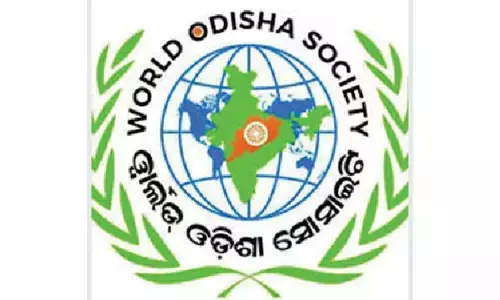With $79 Billion In 2018, India Tops Global Remittances List: World Bank

India was followed by China ($67 billion), Mexico ($36 billion), the Philippines ($34 billion), and Egypt ($29 billion), the global lender said.
WASHINGTON: India retained its position as the world's top recipient of remittances with overseas Indians sending a whopping $79 billion back home in 2018, the World Bank said in a report on Monday.
India was followed by China ($67 billion), Mexico ($36 billion), the Philippines ($34 billion), and Egypt ($29 billion), the global lender said.
With this, India has retained its top spot on remittances, according to the latest edition of the World Bank's Migration and Development Brief.
Over the last three years, India has registered a significant flow of remittances from $62.7 billion in 2016 to $65.3 billion 2017.
"Remittances grew by more than 14 percent in India, where a flooding disaster in Kerala likely boosted the financial help that migrants sent to families," the World Bank said.
In Pakistan, remittance growth was moderate (seven per cent), due to significant declines in inflows from Saudi Arabia, its largest remittance source. In Bangladesh, remittances showed a brisk uptick in 2018 (15 per cent).
According to the report, remittances to low-and middle-income countries reached a record high of $529 billion in 2018, an increase of 9.6 per cent over the previous record high of $483 billion in 2017.
Global remittances, which include flows to high-income countries, reached $689 billion in 2018, up from $633 billion in 2017, it said.
The World Bank said, remittances to South Asia grew 12 per cent to $131 billion in 2018, outpacing the six per cent growth in 2017.
"The upsurge was driven by stronger economic conditions in the United States and a pick-up in oil prices, which had a positive impact on outward remittances from some GCC countries," it said.
The Gulf Cooperation Council (GCC) is a regional inter-governmental political and economic bloc of Bahrain, Kuwait, Oman, Qatar, Saudi Arabia and the UAE.
However, the World Bank in its report rued that the global average cost of sending $200 remained high, at around seven per cent in the first quarter of 2019.
Reducing remittance costs to three per cent by 2030 is a global target under Sustainable Development Goal (SDG) 10.7. Remittance costs across many African corridors and small islands in the Pacific remain above 10 per cent.
On ways to lower remittance costs, Dilip Ratha, lead author of the Brief and head of KNOMAD, said, "Remittances are on track to become the largest source of external financing in developing countries. The high costs of money transfers reduce the benefits of migration. Renegotiating exclusive partnerships and letting new players operate through national post offices, banks, and telecommunications companies will increase competition and lower remittance prices."

















